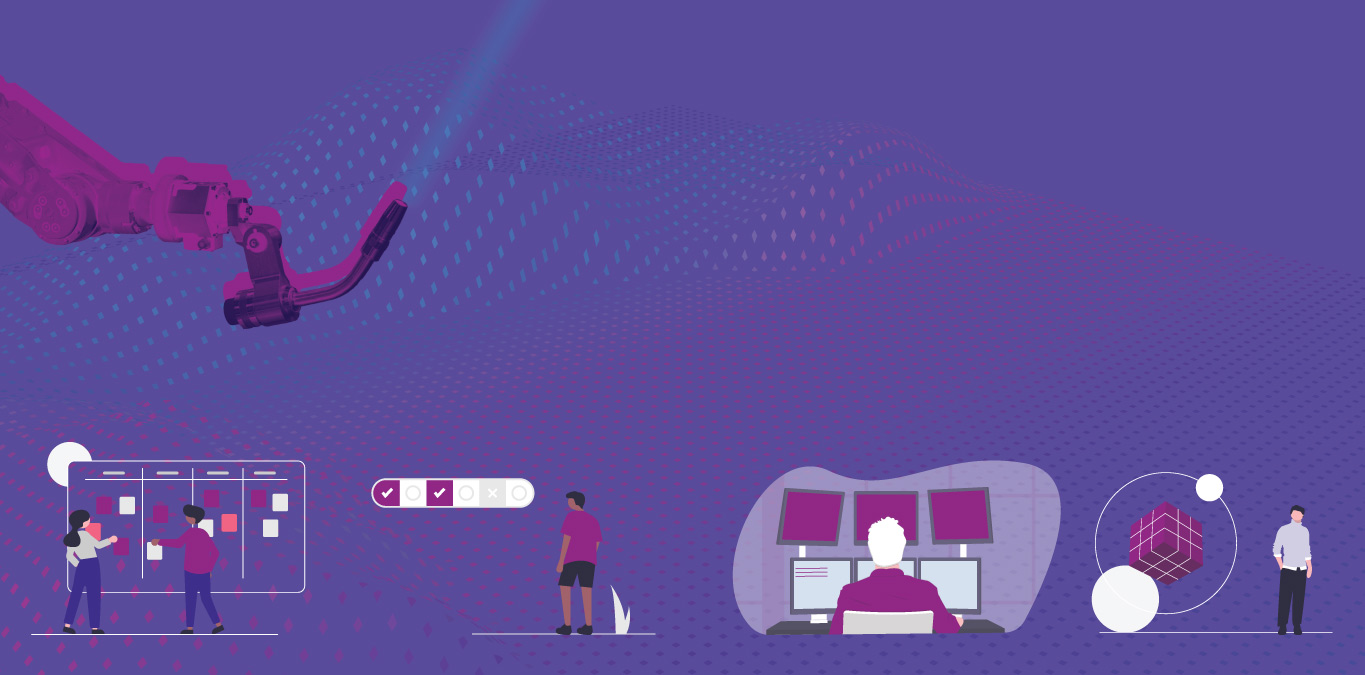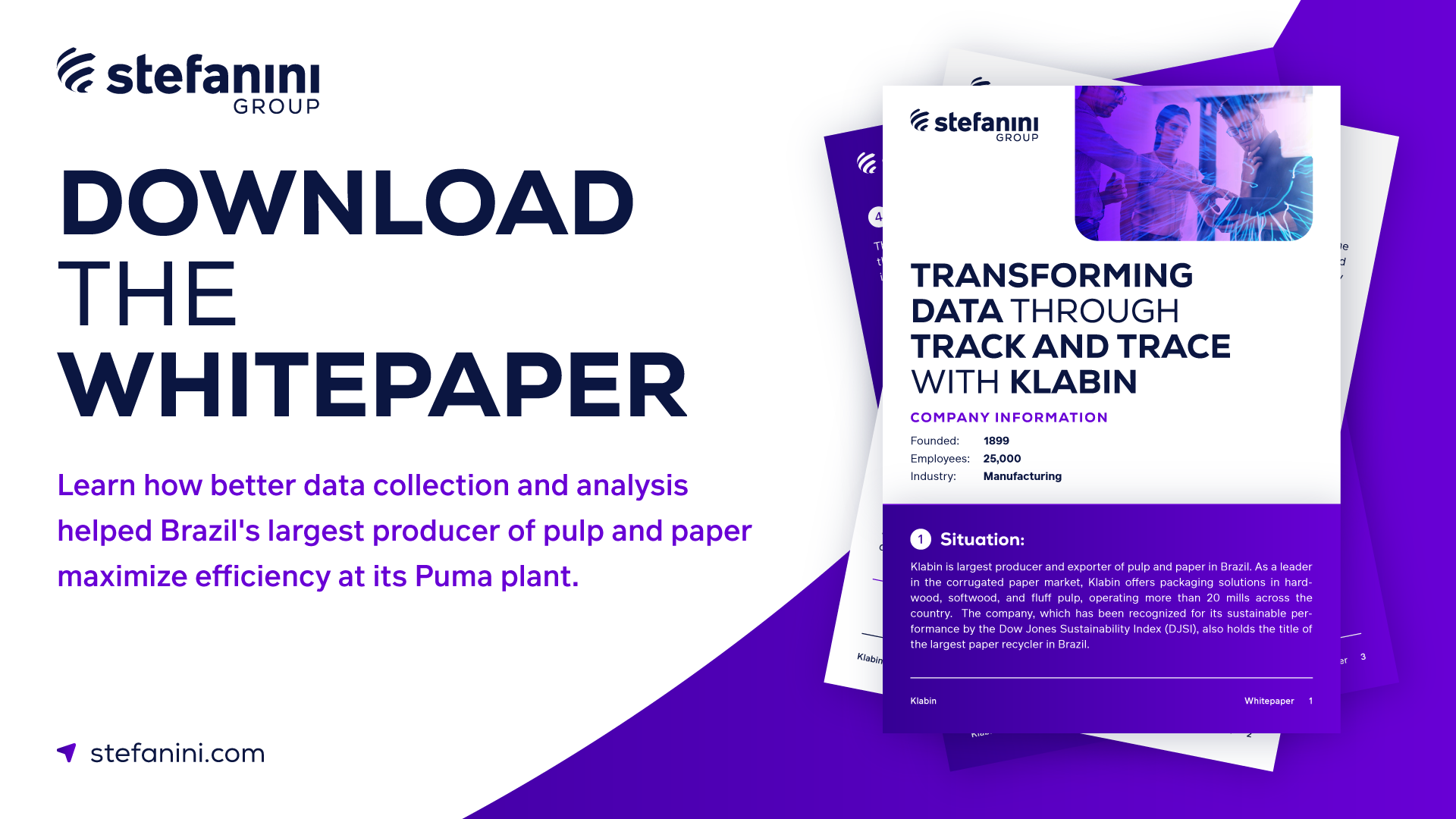The logistics landscape is undergoing a remarkable transformation, driven by a wave of innovative technologies and evolving customer expectations. Here, we explore six key trends poised to reshape the industry in 2024 and beyond:
1. The Rise of Autonomous Vehicles:
Imagine self-driving trucks seamlessly navigating highways, delivering goods efficiently and safely. Autonomous vehicles (AVs) are no longer science fiction. These intelligent vehicles hold immense potential to revolutionize long-haul transportation, offering reduced costs, increased fuel efficiency, and improved safety on the roads.
2. 3D Printing: On-Demand Manufacturing:
The concept of localized, on-demand production is gaining traction with the rise of 3D printing. This innovative technology allows businesses to manufacture specific parts or products closer to their end users, reducing transportation needs, minimizing waste, and increasing responsiveness to customer demands.
3. Cloud-Based Systems: Enhanced Visibility and Collaboration:
Cloud-based logistics solutions offer real-time visibility into every aspect of the supply chain. This increased transparency empowers businesses to track inventory, optimize transportation routes, and collaborate seamlessly with partners, leading to improved efficiency, reduced costs, and enhanced responsiveness.
4. Last-Mile Delivery: Optimizing the Final Stretch:
The “last mile” of delivery often proves to be the most challenging and expensive leg of the journey. Innovative solutions like drone deliveries, micro-fulfillment centers, and collaborative delivery networks are emerging to optimize last-mile logistics, improve delivery times, and enhance customer convenience.
5. AI Applications: Intelligent Automation:
Artificial intelligence (AI) is transforming the logistics landscape by automating repetitive tasks, streamlining processes, and providing data-driven insights. From demand forecasting and route optimization to predictive maintenance and warehouse automation, AI is boosting efficiency, reducing errors, and enabling proactive decision-making.
6. Blockchain: Secure and Transparent Supply Chains:
Blockchain technology offers a secure and transparent way to track the movement of goods throughout the supply chain. This immutable ledger system provides increased visibility, enhanced trust, and improved traceability, allowing businesses to combat counterfeiting, ensure ethical sourcing, and optimize inventory management.
Embracing the Future:
These trends represent just a glimpse into the exciting future of logistics. By embracing innovation and adapting to changing market dynamics, companies can optimize their operations, enhance customer satisfaction, and thrive in this rapidly evolving landscape.




















